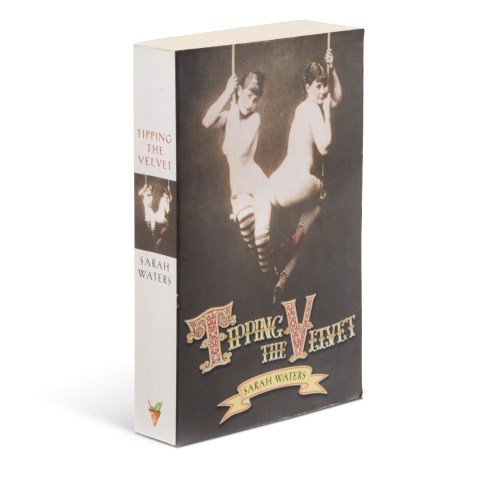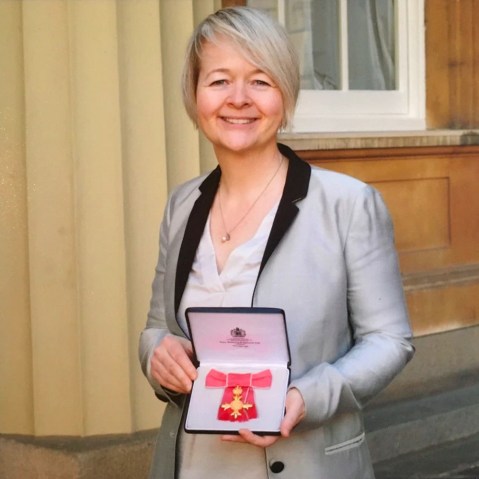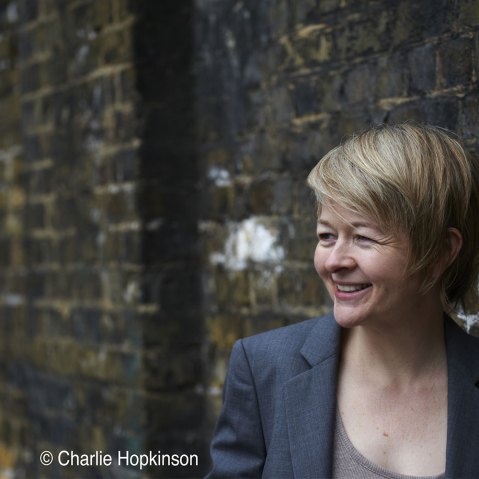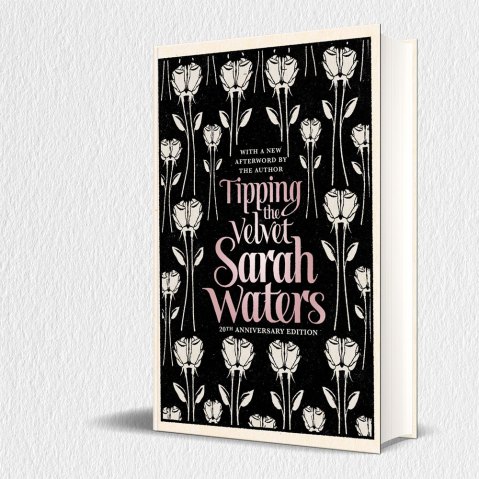Sarah Waters’ Top Ten Ghost Stories
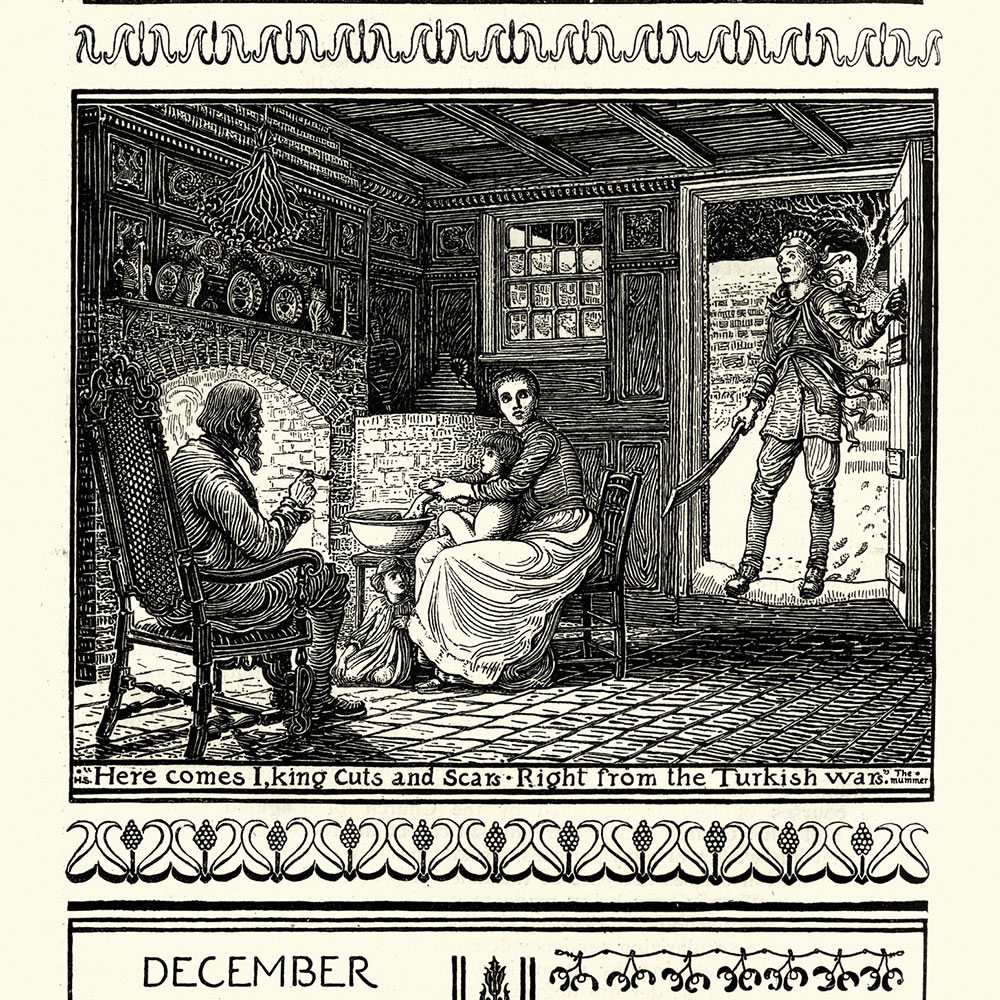
W. W. Jacobs, ‘The Monkey’s Paw’
This is one of the most anthologised of all ghost stories, and its ‘be careful what you wish for’ message has become one of the clichés of the genre. (I’ve seen it brilliantly pastiched on The League of Gentlemen and The Simpsons.) But it made a huge impression on me when I first came across it as a child, and I still think it’s pretty wonderful. Every time I re-read it, I realise how economical it is: we never see the son who, summoned up by the diabolical power of the monkey’s paw, has dragged his mangled body out of its grave and back to his parents’ house; we only hear his baleful knocks at their front door. But it’s the anticipation that makes the moment so hair-raisingly good.
Sheridan LeFanu, ‘Carmilla’
OK, this is about a vampire rather than a ghost. But for unnerving atmosphere and general queerness, this story of a beautiful revenant and her fascination with attractive teenage girls really can’t be beaten. As in many early vampire stories, Carmilla gets her violent come-uppance in the end. More memorable, however, is the ‘very strange agony’ into which her voluptuous wooing plunges the story’s unworldly narrator: “Sometimes there came a sensation as if a hand was drawn softly along my cheek and neck. Sometimes it was as if warm lips kissed me, and longer and more lovingly as they reached my throat…”
Kazuo Ishiguro, A Pale View of Hills
As far as I know, none of Ishiguro’s fiction is actively supernatural, but his novels have a brilliant strangeness to them, which makes reading them always a challenging and unnerving experience. In A Pale View of Hills, his Nagasaki-born narrator has become so detached from her own traumatic past, she has effectively turned it into someone else’s life. As in many great ghost stories, the result is a tightly controlled narrative surface, with half-glimpsed, terrifying depths.
Charlotte Perkins Gilman, ‘The Yellow Wallpaper‘
This isn’t a ghost story exactly; it’s a brilliantly economical depiction of a woman’s descent into insanity. But the room in which its unnamed protagonist slowly loses her wits is definitely a ‘haunted’ one: the ghosts are other women, trying furiously but fruitlessly to ‘shake the bars’ of the claustrophobic patterns in which they are trapped. The story is a classic of nineteenth-century feminism, and still frightening today.
Kelly Link, ‘The Specialist’s Hat’
All of Link’s stories are wonderfully odd and original. Some are also quite scary – and ‘The Specialist’s Hat’, from her collection Stranger Things Happen, is very scary indeed. It’s the story of ten-year-old twin girls in a haunted American mansion, being instructed by an enigmatic babysitter just what it means to be ‘Dead’… The narrative is all the more unnerving because you don’t know exactly what’s going on – only that it’s something rather unpleasant.
Henry James, ‘The Turn of the Screw’
I’m not really much of a Henry James fan, but I think this has to be on my list, if only because its story – of a lonely governess whose infant charges may or may not be being haunted by the ghosts of wicked servants – has been such an influential one. As far as chills go, I actually prefer the two brilliantly spooky films for which it provided the inspiration: the 1961 The Innocents, with a fragile Deborah Kerr, and The Others (2001), with a demented Nicole Kidman.
Shirley Jackson, The Haunting of Hill House
The definitive haunted house story, and another novel that inspired a fabulously scary film, the 1963 The Haunting. It has one of the best and creepiest first paragraphs of any book I know, and I love it so much I’m going to quote it here in full:
“No live organism can continue for long to exist sanely under conditions of absolute reality; even larks and katydids are supposed, by some, to dream. Hill House, not sane, stood by itself against its hills, holding darkness within; it had stood so for eighty years and might stand for eighty more. Within, walls continued upright, bricks met neatly, floors were firm, and doors were sensibly shut; silence lay steadily against the wood and stone of Hill House, and whatever walked there, walked alone.”
Elizabeth Bowen, ‘The Demon Lover’
In many of her novels and stories, Bowen beautifully captures the eerie atmosphere of wartime London, with its blitzed, abandoned houses. In this story, that landscape becomes definitely supernatural, as a middle-aged woman tries to evade an assignation with the sinister soldier fiancé lost to her many years before. Like lots of good ghost stories, the punch is in the chilling final lines, as the woman, being whisked away in a taxi into ‘the hinterland of deserted streets’, realises to her horror that her date has been kept after all…
Susan Hill, The Woman in Black
Watching the BBC adaptation of this several Christmases ago, I got so frightened, I was sick. Admittedly, I had eaten a lot of Christmas pudding – but Hill’s story is at times genuinely terrifying, an absolute classic of the genre. The ‘woman with the wasted face’, made so ravenous and malevolent by the loss of her own infant that she destroys the children of others, is a fantastic creation; and the scenes in lonely Eel Marsh House, where the hapless narrator wakes to hear the rhythmic creak and bump of a rocking-chair in an empty room, are just magnificent.
Toni Morrison, Beloved
“Not a house in the country ain’t packed to its rafters with some dead Negro’s grief,” one of Morrison’s characters points out, when Sethe, the novel’s protagonist, suggests fleeing from the spiteful spirit inhabiting her home. One of the great fictional studies of slavery and its scars, Beloved is also a sublime literary ghost story: a meditation on the ways in which individuals and communities – ultimately, an entire nation – can be haunted by the violence and injustice of the past. A breathtaking book.


